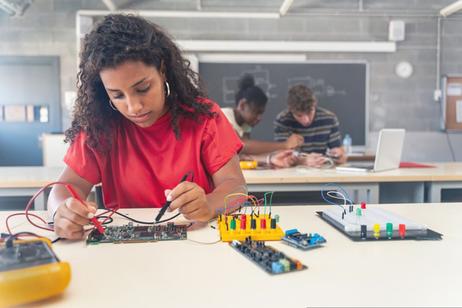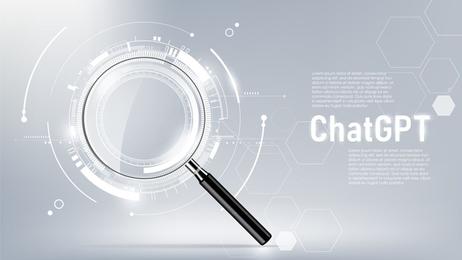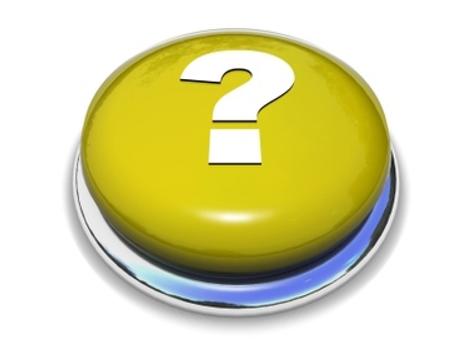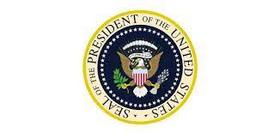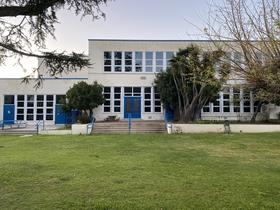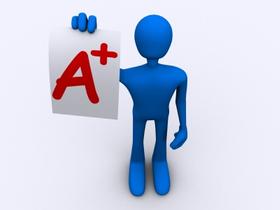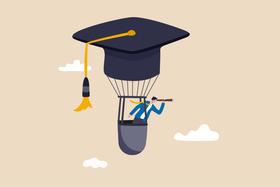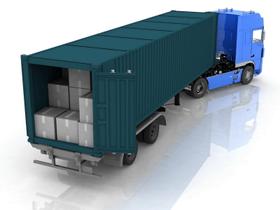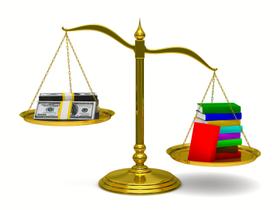Voucher programs have become a subject of significant interest in education policy, with almost a quarter of states implementing such programs. These initiatives aim to give parents more educational choices for their children, allowing them to use public funds to enroll their children in private or parochial schools.
This article overviews voucher programs in thirteen states—Arizona, Colorado, D.C., Florida, Georgia, Indiana, Louisiana, Maine, Ohio, Oklahoma, Utah, Vermont, and Wisconsin. In addition, it highlights the year each program became law and provides a brief description of each state's voucher program.
Arizona (1997)
Arizona's voucher program, the Empowerment Scholarship Accounts (ESA), was established in 1997. Initially limited to students with disabilities, the program has expanded to include other eligible student populations, such as children from military families and those attending low-performing schools. ESA provides parents with public funds through education savings accounts for various educational expenses, including tuition, textbooks, and tutoring services.
Colorado (2003)
Colorado's voucher program, the School Choice Grant Program, was enacted in 2003. The program aims to provide educational options for students from low-income families attending low-performing schools. Qualified students receive tuition grants at private schools participating in the program.
District of Columbia (2003)
The District of Columbia Opportunity Scholarship Program (OSP) was established in 2003. It is the only federally funded voucher program in the United States. The OSP offers scholarships to low-income families residing in the District of Columbia, enabling them to enroll their children in participating private schools.
Florida (1999)
Florida's voucher program,


